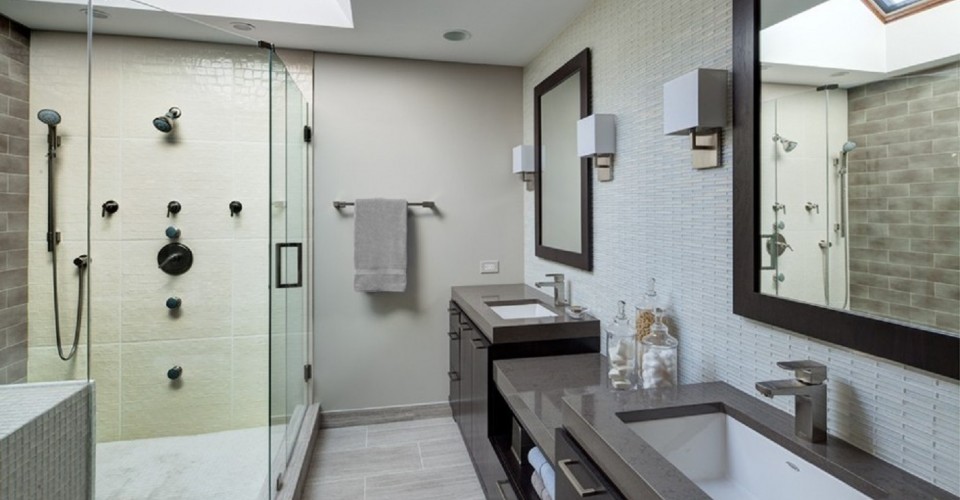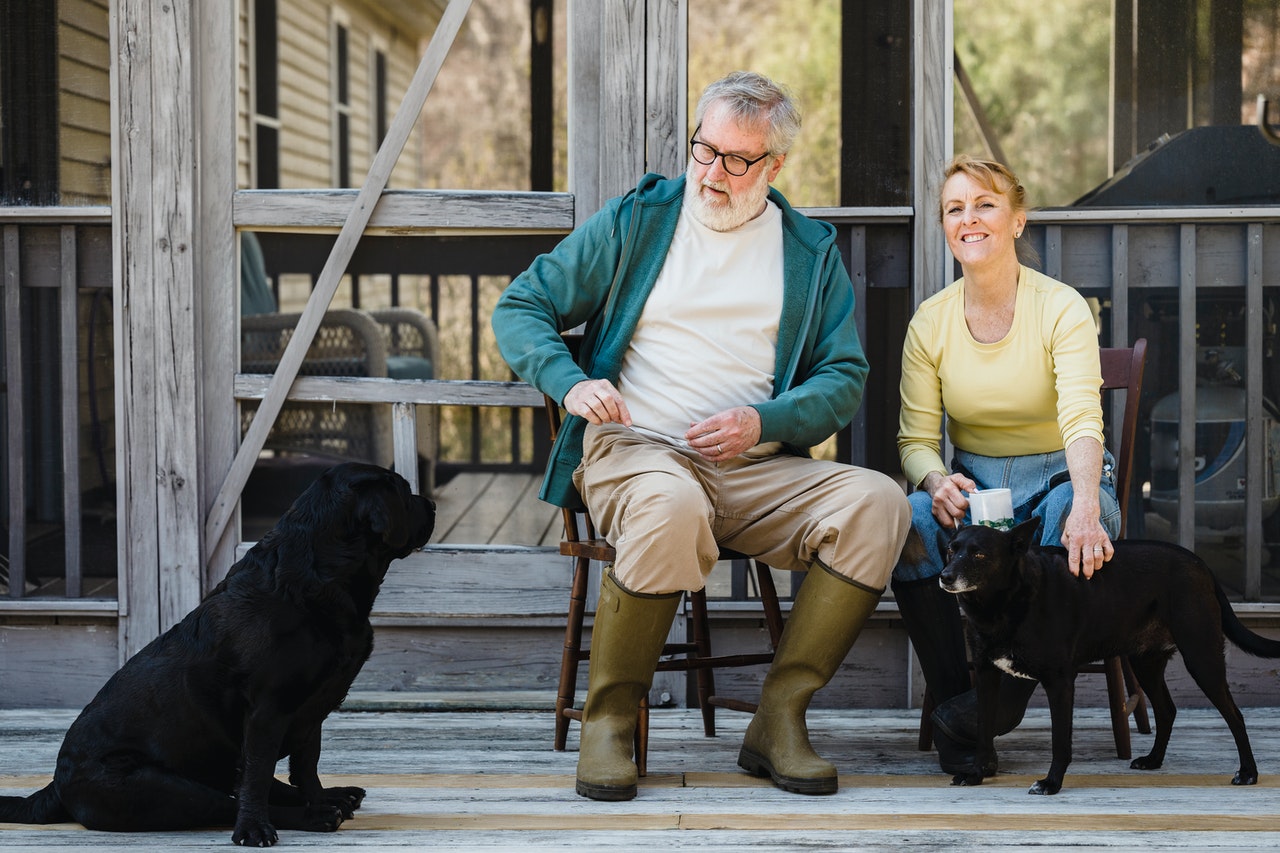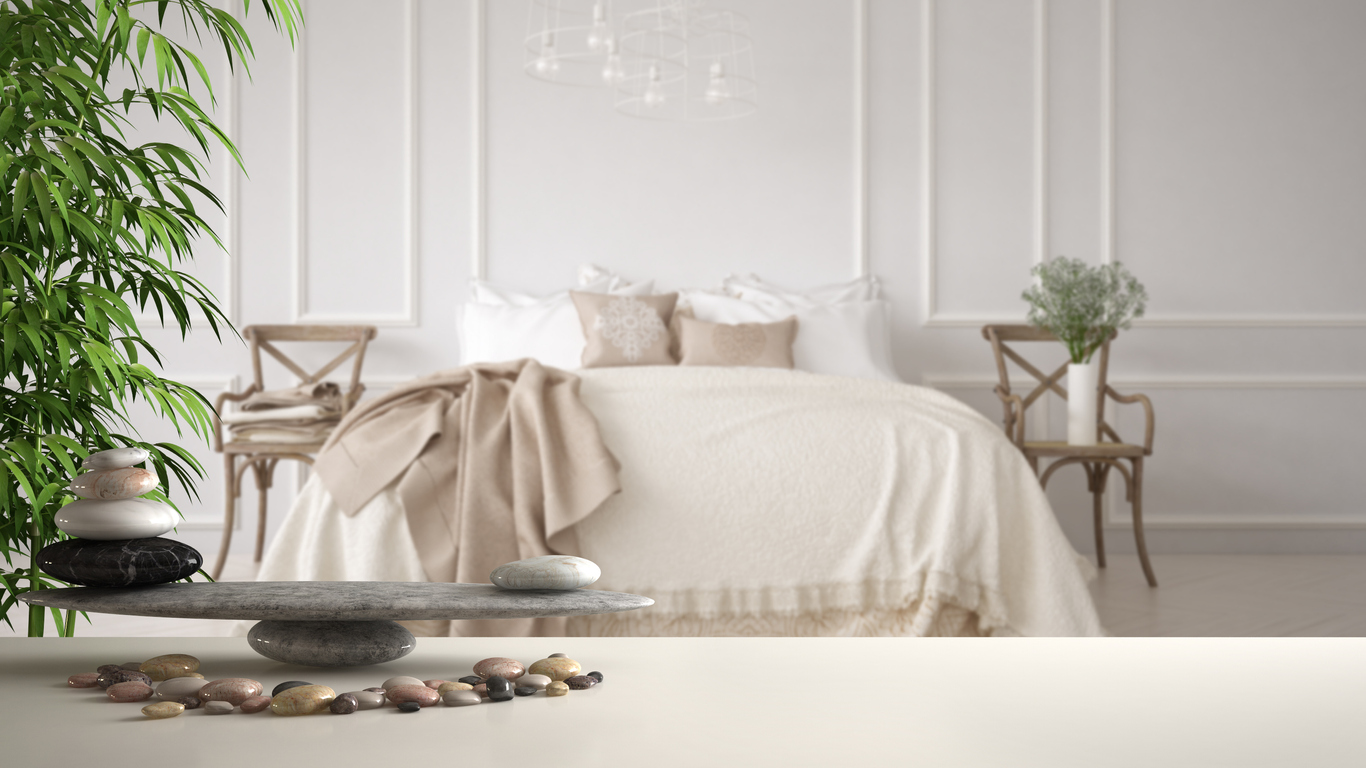Have you ever taken a shower and had the water temperature drastically jump from hot to cold or warm to scalding? Or do you have small children who may not understand how to check the temperature before using the shower? Even if you enjoy steaming hot water, it can potentially be hazardous to your skin. According to the American Burn Association, 24,000 children are treated each year for scalding burns. Most home water heaters are set at 120 degrees Fahrenheit (48 degrees Celsius). At that temperature, skin requires five minutes of exposure for a burn to occur. “When the temperature of a hot liquid is increased to 140′ F / 60o C. it takes only five seconds or less for a serious burn to occur.” Installing an anti-scald valve in your shower can prevent that extreme temperature change from happening. If you have water that tends to overheat or drop to cold quickly, an anti-scald valve can benefit you and your home. Hiring a professional to install your anti-scald valve for you, will ensure that the equipment will work properly and efficiently.
How does an anti-scald valve work?
When you install an anti-scald valve in your shower, it will control the water temperature and volume. You may not think to check the water temperature coming out of your faucets because you rely on personal touch to distinguish between what is too hot and too cold. On average, your water temperature, which is controlled by your water heater in your home, should not be over 120 degrees Fahrenheit. In order to control your water temperature, there are two types of anti-scald valves that you can install in your home.
1. Pressure-balance valves
When you’re taking a shower and someone flushes the toilet or turns on the sink faucet and your shower water quickly changes, this is because the water is redirecting itself to supply the other source, leaving your tap with a drop in water pressure and change in temperature. This type of valve will sense pressure differences and compensate for the change of pressure by altering the flow of another temperature supply. Hot water has low water pressure and cold water has high water pressure, so in the case that your cold water drops, your pressure-balance valve would change to a higher pressure to reduce the hot water. The downfall of only having a pressure-balance valve is that it only controls the pressure and not directly the temperature.
2. Thermostatic valves
This type of valve senses the temperature of your water supply and will mix the hot and cold temperatures so that you can adjust the heat yourself from your shower. It will make it so that you can’t get the extreme hot water in your shower, but you are still able to get hotter water in other water supply spots in your home. This kind of valve can be placed next to your water heater or in your shower or bathroom. It will make sure that when another person is using a water supply in the same house such as flushing the toilet, your water in the shower will not be cut off or altered.
There is also the option to have a combination of pressure-balance and thermostatic valves, which will regulate both pressure and temperature of your water. This will help maintain your water temperature and result in better protection for both you and your family. For less than $200 at Lowe’s you can purchase a dual purpose Speakman Chrome Tub/Shower Trim Kit, which is a high-quality thermostatic/pressure balancing valve with a polished chrome plated brass look.
Why should you install one in your home?
Installing an anti-scald valve in your home is meant to provide you with protection and safety. Water temperatures can rise dramatically and quickly without warning. An anti-scald valve will prevent scalding or burning from high levels of heat in your water. According to the Burn Foundation, over 500,000 scald burns occur annually in the United States. Tap water that increases over 140 degrees Fahrenheit can cause a third degree burn in only 5 seconds. Burns from hot water is a major risk for all ages, but especially for younger kids due to their more sensitive skin. Installing an anti-scald valve in your home can help maintain better water temperature, but the following are a few more ways to prevent water scald burns:
- Test the temperature of the water for a few seconds before getting into a tub or shower.
- Adjust the thermostat of your water heater to below 120 degrees Fahrenheit.
- Supervise children around hot water and keep any hot liquids out of reach.
- Hire a professional plumber or contractor to fix any broken valves, pipes, or heaters that may be faulty or broken.
Top Image Credit: Lugbill Design




